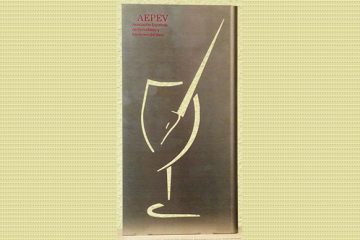The most common flaw that can be found in many wines is oxidation.
There are two types of oxidation: controlled and uncontrolled.
In uncontrolled oxidation, oxygen comes into contact with the wine and spoils it, and in the case of white wines, is manifested by premature shades of brown and unpleasant notes on the nose, like fermented apple.
Controlled oxidation, on the other hand, involves the deliberate exposure of wine with oxygen, during fermentation and aging. This method is used by several Catalan (Spain) wine producers, which consists in fermenting the grapes with their own yeasts and no temperature control. Depending on the vintage, fermentation can take from 10 days to 2 years. The aging is normally carried out in old 500-liter barrels which are half full and without cap. This way the wine remains in contact with the oxygen at all times.
It is important to know that this way of winemaking is somewhat risky, since the wine can turn into vinegar at any time. Such wines lose their primary notes of fresh fruit, but become more complex, acquiring ‘stale’ notes, typical of oxidation, such as nuts, caramel and toffee. It is also important to mention that these wines combine with many types of dishes and have an excellent potential for aging in bottle.
From INVINIC we recommend the following examples of controlled oxidation:
Augustus Chardonnay: Fermented in Nevers oak barrels.
Manuela de Naveran: Fermentation in French oak barrels. Conservation on the lees. Total duration in contact with wood, 170 days.
Nun Vinya Dels Taus: 94 Robert Parker points for a legendary wine.
Coma Blanca: 92 Robert Parker points for a wine with personality and character.


